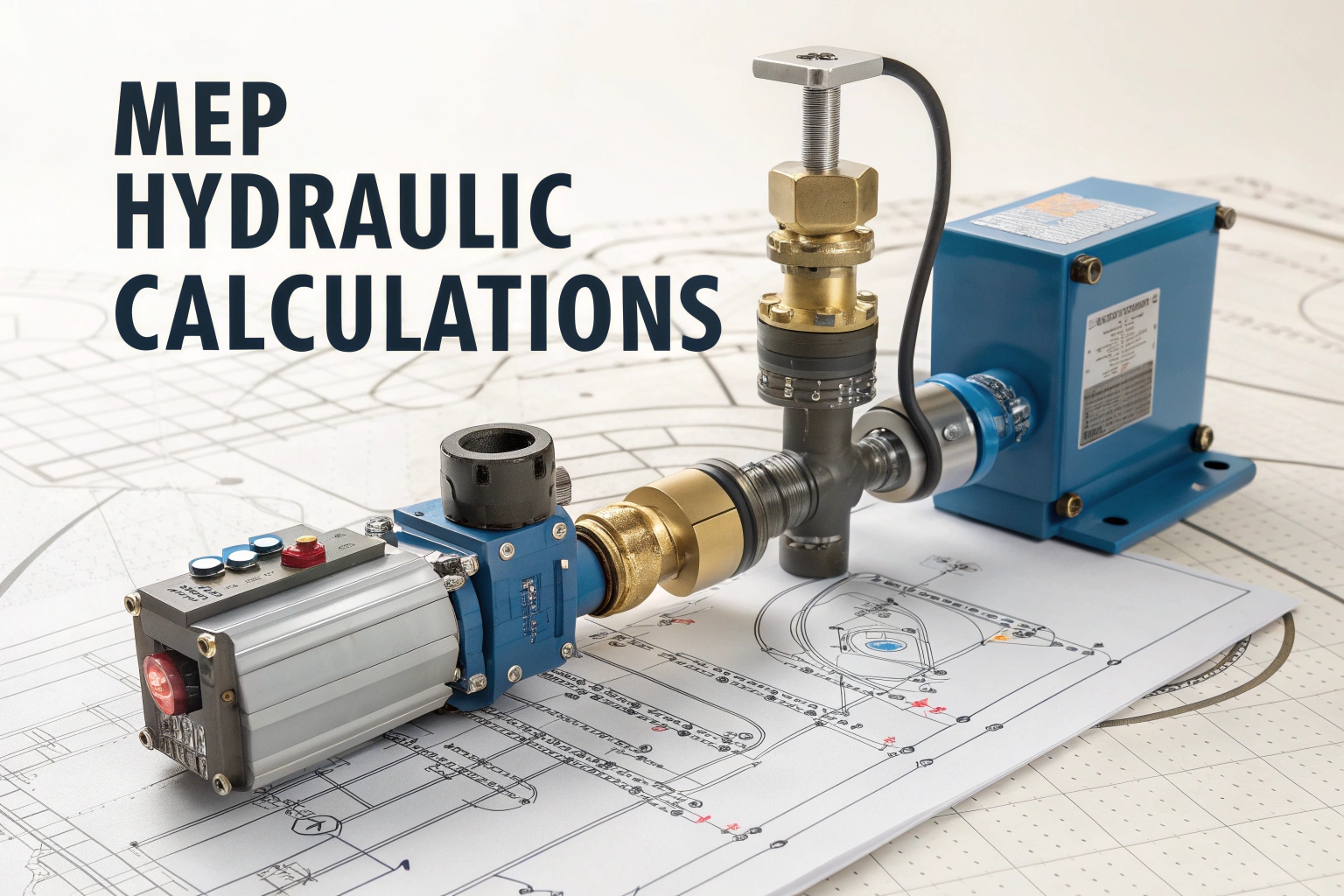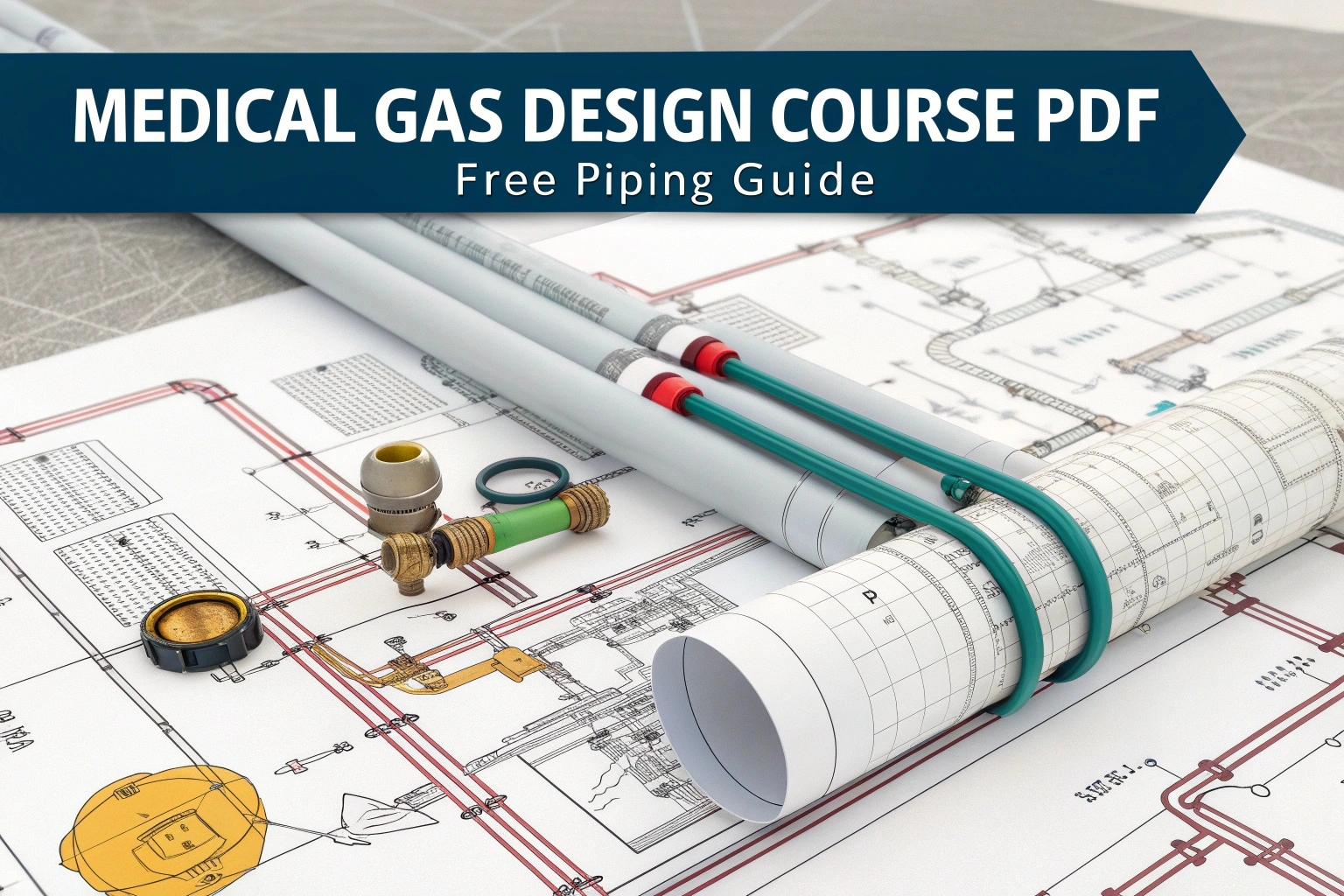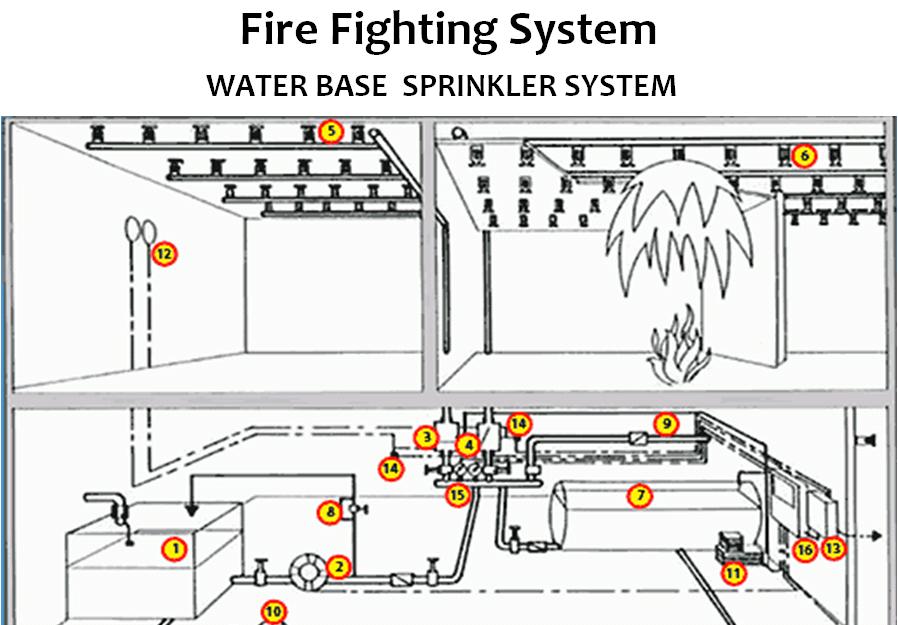Hydraulic calculations are the heart of plumbing and fire-fighting system design. Whenever water moves through pipes, fittings, valves, or pumps, engineers must calculate how it flows, how much pressure it loses, and what pipe size should be used. These calculations help make sure the system works smoothly in real life.
Even though hydraulic calculations sound complex, the idea behind them is easy to understand if we break it down into small parts.
Why Hydraulic Calculations Matter
The engineers need to know the following before installing any pipe or pump:
How much water will flow?
It will move how fast?
How much pressure will remain at the outlet?
What size of pipe is required?
Whether a pump is required or not
Without hydraulic calculations, the system may:
Deliver low pressure
Waste energy
Burst or leak
Fail to meet fire safety codes
Emit noise or vibration
So, hydraulic calculations ensure the safety, efficiency, and reliability of the system.
Key Elements in Hydraulic Calculations
1. Flow Rate (Q)
Flow rate tells how much water is moving through the pipe in a certain time.
It is usually measured in LPM (liters per minute) or GPM (gallons per minute).
You can think of flow rate as the “amount of water” you need.
2. Velocity of Water
Velocity in this case refers to the speed at which water is traveling inside the pipe.
If water moves too fast, it causes:
Noise
Pressure loss
Pipe wear
If it moves too slow, then the system becomes inefficient. So, engineers keep the velocity within limits.
3. Pressure Loss (Head Loss)
Pressure drops occur as water travels through pipes, elbows, tees, valves, and fittings.
This is called friction loss.
Hydraulic calculations help estimate this loss so that engineers can size pumps or increase pipe diameter if necessary.
4. Pipe Sizing
One of the primary reasons that we do hydraulic calculations is to choose the correct pipe size.
The pipe should handle the correct amount of flow without causing undue pressure drop.
Too small pipe = high pressure loss Too big pipe = high cost and slow velocity Hydraulic calculations find the perfect balance.
5. Pump Selection
When the pressure loss is high, pumps are needed.
Engineers calculate:
Total head
Flow rate
Safety margins
Then they choose a pump that fulfills the design requirements.
Common Formulas Used in Hydraulic Calculations
Don’t worry-just understand the purpose, not the complicated mathematics.
1. Hazen–Williams Formula
Used to calculate friction loss in water pipes.
2. Darcy–Weisbach Formula
A more accurate method for calculating pressure drop, especially for large systems.
3. Bernoulli’s Equation
Used to understand energy changes in flowing water.
These formulas help engineers predict how water behaves in various conditions.
Where Hydraulic Calculations Are Used
Hydraulic calculations are essential in:
- Water supply systems
- Plumbing networks
- Fire hydrant systems
- Sprinkler systems
- Irrigation systems
- Cooling towers
- Industrial pipelines
- Pumping stations
Anywhere water moves through pipes, hydraulic calculations are required.
Example
Let’s say you want to design a pipe for a water tank that supplies 20 L/s to a building.
Steps:
- Calculate the required flow rate (Q)
- Choose a pipe size that allows safe velocity
- Calculate friction loss using Hazen-Williams
- Add loss from fittings and valves
- Check if the outlet pressure is enough
- If not, calculate the pump head required
This step-by-step approach is how engineers design real systems.
Hydraulic calculations may seem complicated at first, but they become easy once you understand the basic idea: how water flows and how much pressure it loses. Whether you’re designing a plumbing system or a fire-fighting network, hydraulic calculations help ensure that the system works the way it should.











